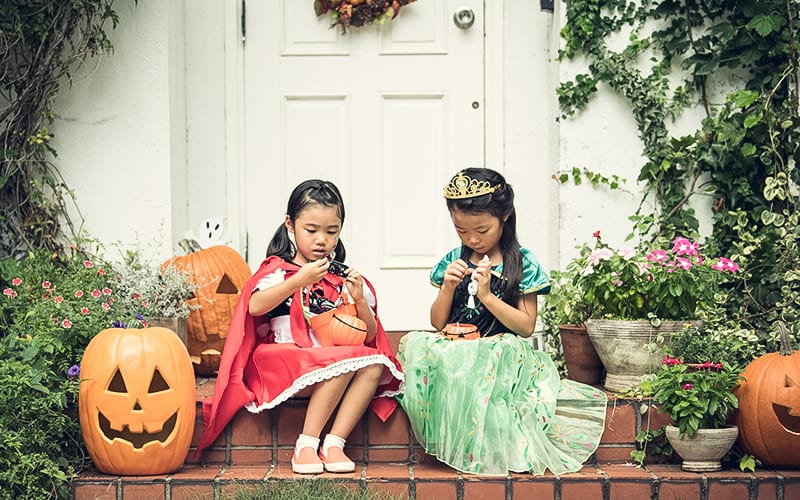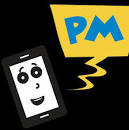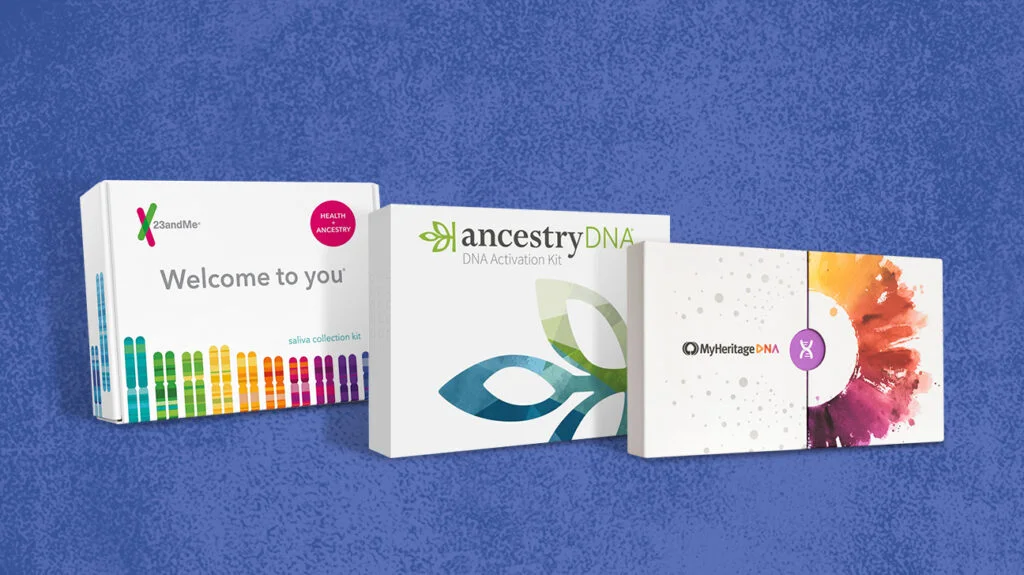Halloween is a time of fun, fright, and festive costumes—but safety should always come first. Each year, thousands of children end up in emergency rooms due to Halloween-related injuries. From poorly lit streets to unsafe costumes and candy concerns, hazards abound. That’s why Family Medicine Physician Dr. Pavandip Virdi emphasizes the importance of preparing your family for a safe night out.
Whether you’re heading out for traditional trick-or-treating or attending a trunk-or-treat event, these safety tips will help ensure your Halloween is filled with sweet memories—not scary accidents.

Choose the Right Costume: Safety Meets Spooky Style
Costume Fit and Comfort
Make sure your child’s costume fits properly—not too long to avoid tripping and not too tight to cause discomfort. Choose costumes that allow for easy movement and visibility.
Avoid Flammable Materials
Check costume labels for flame resistance, especially if your child will be near open flames like jack-o’-lanterns.
Opt for Comfortable Footwear
Skip the costume shoes and choose well-fitting sneakers to keep your kids comfortable and prevent slips or blisters.
Skip Unsafe Masks and Contacts
Avoid oversized masks that can impair vision. Use hypoallergenic makeup instead of masks and steer clear of decorative contact lenses unless prescribed.
Social Distancing & Masks
For families who prefer extra protection, wear face coverings and maintain distance from large crowds. It’s a good idea even post-pandemic.
Safe Trick-or-Treating: Street Smarts for Kids and Adults
Follow Sidewalk Rules
Stick to sidewalks whenever possible. If your neighborhood doesn’t have one, walk on the side of the road facing oncoming traffic to stay visible.
Cross Smartly
Cross at corners or marked crosswalks, and always look left, right, and left again before stepping into the road. Never assume drivers can see you.
Use Reflective Gear
Attach reflective tape to costumes and bags, or use glow sticks and flashlights to make your family visible to cars at night.
Stay With Your Children: Don’t Let Them Trick-or-Treat Alone
Supervise Younger Kids
Always walk your young children all the way to each door. Not only is it safer, but it’s also a great opportunity for quality time.
Prepare Teens
If your older children go out with friends, ensure they carry a charged cellphone. Remind them never to enter a stranger’s home and to stay in well-lit, familiar areas.
Avoid Homes With Lights Off
Homes without their porch light on should be avoided. It’s a sign that the residents are either not participating or wish not to be disturbed.
Drive With Caution on Halloween Night
If you’re driving on Halloween, reduce your speed and keep an eye out for excited little goblins darting into the street. Parking farther away and walking with your child can prevent accidents and improve safety.
Eat Before the Treats
Have a Healthy Meal First
A nutritious meal before heading out helps reduce the temptation to snack on candy throughout the night. Full stomachs make for better decisions.
Ration Candy Afterward
Instead of letting your child devour their entire haul, ration it over days. This promotes moderation and makes the fun last longer.
Candy Check: Avoid Allergies and Choking Hazards
Always Inspect Treats
Throw away any unwrapped, damaged, or suspicious-looking candy. Check expiration dates and seals.
Watch for Allergens
If your child has food allergies, read ingredient labels carefully. Consider trading candy with siblings or providing safe alternatives at home.
Supervise Young Kids
Small candies can be choking hazards. Watch your toddlers and preschoolers closely as they eat their sweets.
Hand Hygiene Is Still Crucial
Even in a post-pandemic world, hand hygiene is key—especially when your child touches dozens of candy wrappers that others have handled.
Use Hand Sanitizer
Carry hand sanitizer and encourage its use before eating candy and after visiting several houses.
Wash Hands Thoroughly at Home
Make handwashing a priority when you return from trick-or-treating. It’s a simple yet effective way to eliminate germs and bacteria.
Safety Is the Best Treat of All
With the right preparation, Halloween can be safe, fun, and free of mishaps. By planning ahead, supervising children, practicing road safety, and keeping hygiene in mind, your family can enjoy a spooktacular night full of treats and laughter.
“A few simple precautions can prevent accidents and protect your children’s health and happiness on Halloween.”
Frequently Asked Questions:
Q1: What are the most common Halloween injuries?
A: Trips and falls from ill-fitting costumes, pedestrian accidents, and allergic reactions to candy are among the most common Halloween-related injuries.
Q2: Should I let my teenager trick-or-treat alone?
A: It’s okay if they’re mature and with a group, but make sure they have a phone, stay in known neighborhoods, and follow safety rules.
Q3: How do I know if candy is safe to eat?
A: Only allow sealed, commercially packaged candy. Inspect for rips, tampering, or unknown brands. If in doubt, throw it out.
Q4: Is it okay to wear masks as part of a costume?
A: Avoid masks that obstruct vision. Face paint or makeup is a safer alternative for clear visibility and breathing.
Q5: What can I do if my child has food allergies?
A: Read all labels carefully, keep safe treats at home, or participate in “teal pumpkin” initiatives offering allergy-friendly options.




